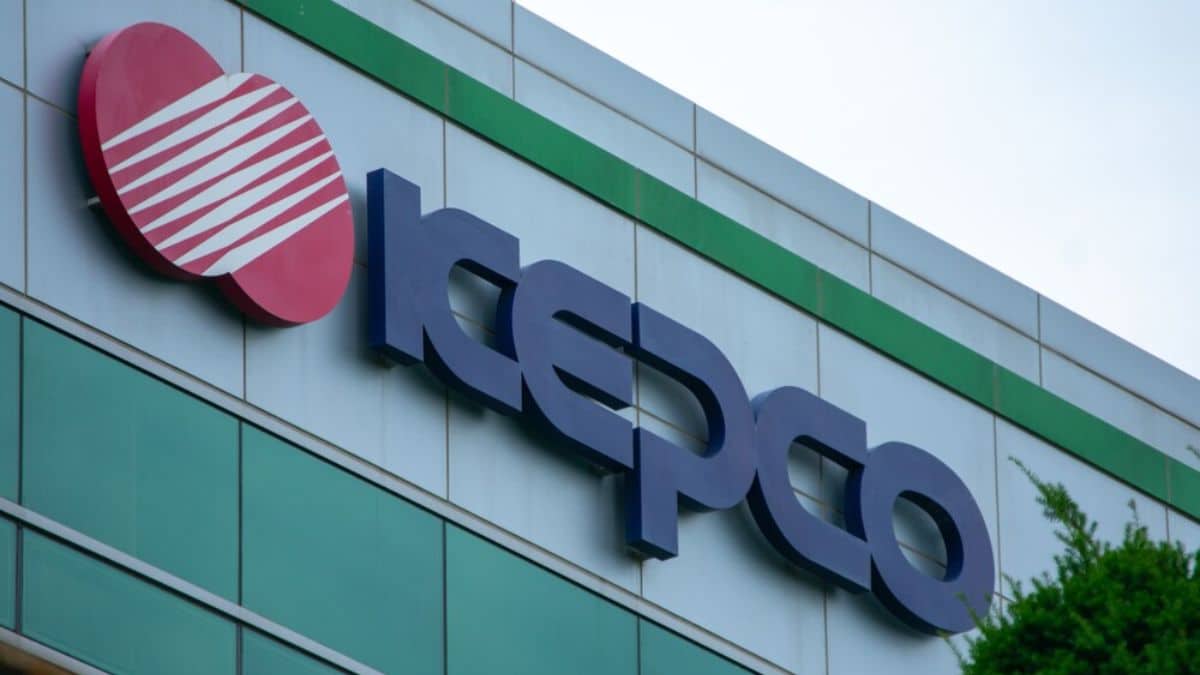 Image credit:energyintel
Image credit:energyintel
Korea Electric Power Corporation (KEPCO), South Korea’s state-run electricity provider, is grappling with a deepening financial crisis that has forced it to consider hiking electricity prices. As of mid-2024, KEPCO’s debt has ballooned to an unprecedented 201 trillion won (approximately $154 billion), exacerbated by the global surge in energy prices.
KEPCO has announced a 10.6 won per kilowatt-hour (kWh) increase in industrial electricity prices. This adjustment, effective from this month, targets large-scale industrial users who account for nearly half of the country’s total electricity consumption. The increase is part of a broader strategy to alleviate the company’s financial burdens, which have led to nine consecutive quarterly operating losses, totalling 47 trillion won.
Despite these measures, analysts argue that the price hike is insufficient to restore KEPCO’s financial health. To truly stabilize its balance sheet, KEPCO calculated that electricity prices would need to rise by 45.3 won per kWh this year, a 38% increase from the 2022 average. However, political considerations, particularly with South Korea’s general elections on the horizon, have kept the government from approving such a steep increase. Instead, the approved hikes so far in 2024 have only amounted to 19.4 won per kWh.
Beyond price adjustments, KEPCO is also looking to sell off assets to generate revenue. This includes a 20% stake in its IT subsidiary KEPCO KDN, a 38% stake in a solar power plant in the Philippines, and various real estate holdings in Seoul. These efforts are part of a broader plan to save over 25 trillion won by 2026 through cost-cutting and asset sales.
KEPCO’s financial woes highlight the broader challenges facing utilities worldwide as they navigate the complex dynamics of global energy markets. The combination of volatile energy prices, delayed policy responses, and massive debt loads puts immense pressure on companies like KEPCO, which are essential to national infrastructure. For South Koreans, this likely means that further electricity price increases could be on the horizon, particularly if KEPCO’s financial situation does not improve.
